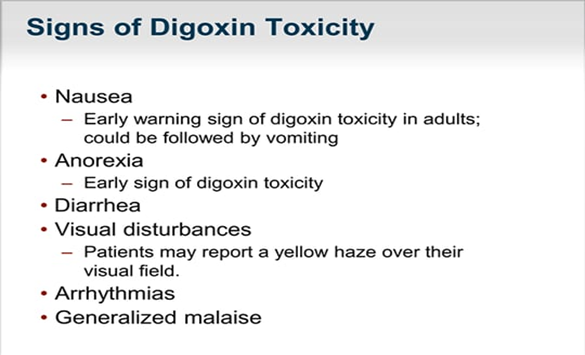A nurse is assessing a client who has heart failure and is taking furosemide. Which of the following findings should indicate to the nurse that the client is experiencing fluid volume deficit?
Weight gain
Distended neck veins
Shortness of breath
Elevated hematocrit level
The Correct Answer is D
Choice A Reason:
Weight gain is incorrect. Weight gain is typically associated with fluid volume excess rather than deficit. In heart failure, fluid retention can lead to weight gain due to excess fluid accumulation in the body.
Choice B Reason:
Distended neck veins is incorrect. Distended neck veins are a sign of fluid volume excess, commonly seen in heart failure due to increased venous pressure and fluid retention.
Choice C Reason:
Shortness of breath is incorrect.: Shortness of breath is often associated with fluid accumulation in the lungs, known as pulmonary edema, which is a manifestation of fluid volume excess or fluid overload in heart failure.
Choice D Reason:
Elevated hematocrit level is correct. Furosemide is a diuretic that promotes diuresis (increased urine output), leading to fluid loss. When a client experiences fluid volume deficit or dehydration due to increased diuresis, there is a concentration of red blood cells in the blood, resulting in an elevated hematocrit level. This occurs because the blood becomes more concentrated when there's less fluid volume available.
Nursing Test Bank
Naxlex Comprehensive Predictor Exams
Related Questions
Correct Answer is A
Explanation
Choice A Reason:
Visual disturbances is the correct findings. In individuals taking digoxin, visual disturbances such as blurred or yellow-tinted vision can indicate early signs of medication toxicity. This symptom often requires prompt medical attention, as it can precede more severe complications.
Choice B Reason:
Sudden weight gain is not correct. While weight gain can be a symptom of worsening heart failure, it's not typically associated specifically with digoxin toxicity. It's more commonly related to fluid retention in heart failure.
Choice C Reason:
Potassium 4.4 mEq/L is not correct. This potassium level is within the normal range. Digoxin toxicity can be exacerbated by low potassium levels, but a normal potassium level doesn't directly indicate digoxin toxicity.
Choice D Reason:
Insomnia is not a typical early sign of digoxin toxicity. It's more commonly associated with issues like difficulty sleeping rather than being a direct symptom of digoxin toxicity.

Correct Answer is B
Explanation
Choice A Reason:
"You should report monthly to have your blood drawn to monitor kidney function while taking medication." Is incorrect. While monitoring kidney function might be necessary during tuberculosis treatment due to potential medication side effects, monthly blood draws specifically for kidney function might not be standard. However, periodic blood tests to monitor various parameters, including kidney function, are part of tuberculosis treatment monitoring.
Choice B Reason:
"You will need to take two or more medications to treat your disease." Is correct. Treatment for active pulmonary tuberculosis typically involves a combination of antimicrobial medications to effectively treat the infection and prevent antibiotic resistance. This multidrug therapy is essential to combat the bacteria causing tuberculosis and reduce the risk of treatment failure or relapse.
Choice C Reason:
"You will need to undergo tuberculin skin tests every 6 months while taking medication for your disease." Is incorrect. Tuberculin skin tests are used for screening or diagnosing tuberculosis but are not typically repeated every six months during active treatment for the disease.
Choice D Reason:
"You should anticipate taking medication to treat your disease for at least the next 3 years." Is incorrect. The duration of treatment for active pulmonary tuberculosis varies but is typically shorter than three years. Treatment duration usually lasts several months to a year, depending on the specific medication regimen and the response to treatment.

Whether you are a student looking to ace your exams or a practicing nurse seeking to enhance your expertise , our nursing education contents will empower you with the confidence and competence to make a difference in the lives of patients and become a respected leader in the healthcare field.
Visit Naxlex, invest in your future and unlock endless possibilities with our unparalleled nursing education contents today
Report Wrong Answer on the Current Question
Do you disagree with the answer? If yes, what is your expected answer? Explain.
Kindly be descriptive with the issue you are facing.
